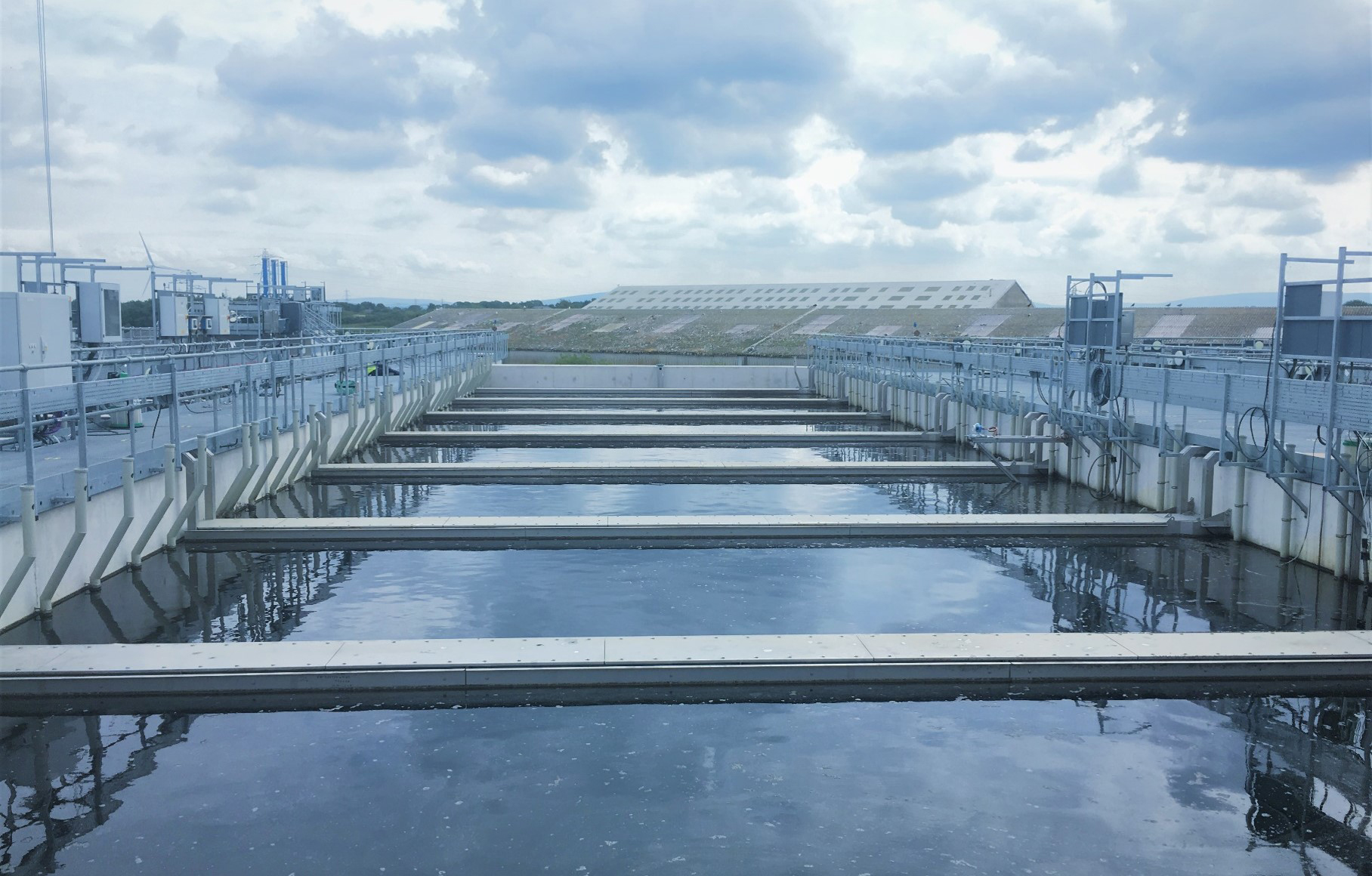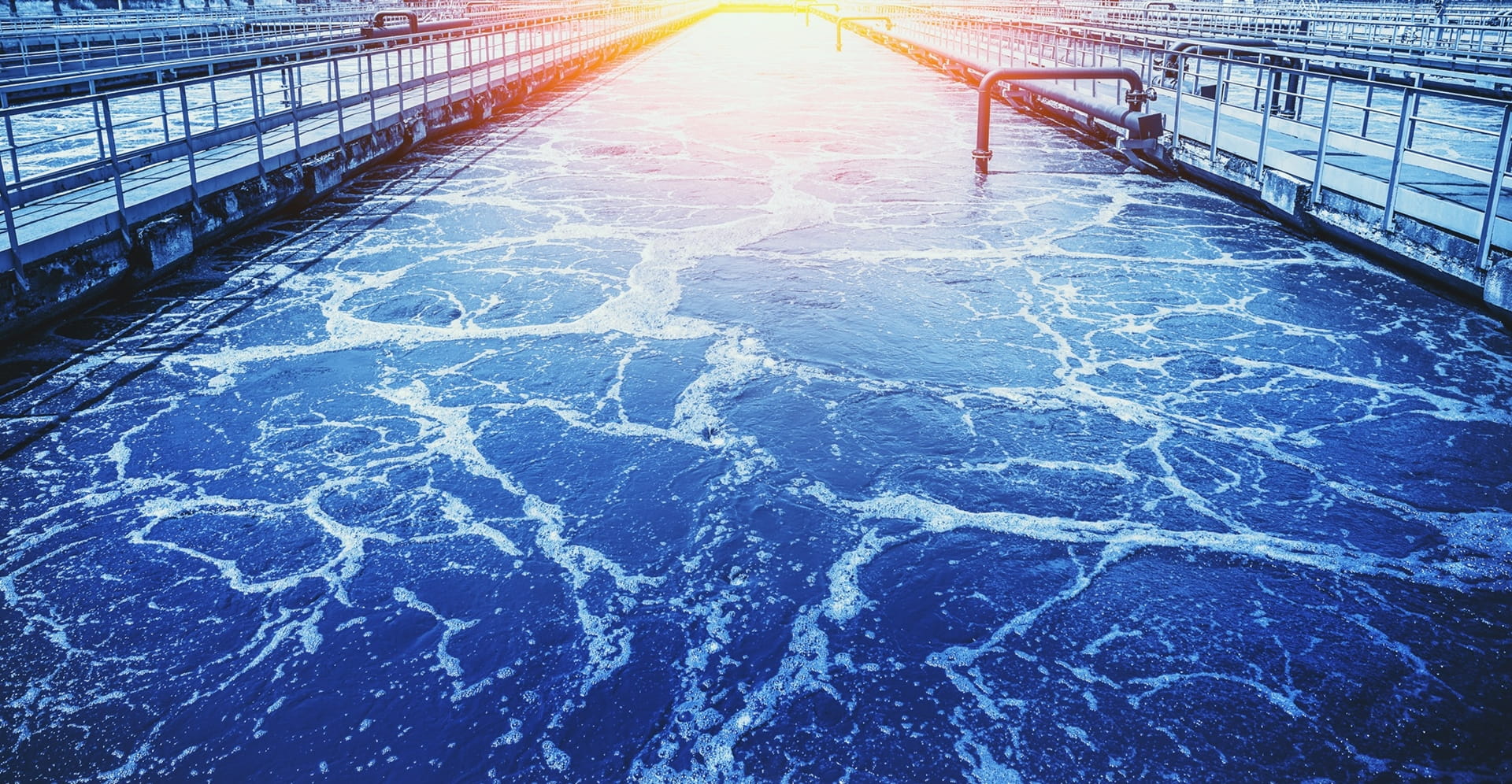Net zero 2030: Can the UK water sector reach its goal?

UK water: reaching ambitious goals
Across the globe, governments and businesses are working to decarbonise much of the critical infrastructure we rely on. Water supply and treatment is no exception. In November 2020, UK water companies agreed to reach net zero by 2030 – the world’s first sector-wide commitment of its kind.
This is a bold aim. The UK government’s legally binding target is to reach net zero by 2050. But by achieving net zero 20 years sooner, the UK water sector could save the emission of 10 million tonnes of greenhouse gases.
Some impressive progress has already been made. The UK water sector has invested significantly in the adoption of renewables – like hydro, wind, and solar – on its land, and maximised the use of anaerobic digestion to recover as much energy as possible from sewage sludge in the form of biogas.
The adoption of smart technologies to optimise processes throughout the water cycle is also growing. This is helping to drive efficiencies, such as reductions in energy use, chemicals and transport, and reduce operational carbon emissions.
As cross-sectoral expertise and investment continues to improve sustainability in areas like transport, construction and energy grids, the prospects for continued reduction in carbon emissions in many areas of the water sectors operations look promising.
The challenge of process emissions
However, there are still several major challenges to overcome. The sector’s main hurdle is quantifying and mitigating process emissions from wastewater treatment. This is a traditionally energy (and hence carbon) intensive process, and there is now an increased focus on the the need for better quantification and mitigation of the contribution from other gases like nitrous oxide and methane.
Nitrous oxide (N2O) is an unwanted by product of ammonia removal (nitrification) in wastewater treatment. And when it comes to heating the atmosphere, N2O is 265 times more potent than carbon.
At present, the challenge of reducing emissions from wastewater treatment process, is complicated by a lack of definition of the baseline to work out where the water industry actually needs to move from to reach net zero.
Our research shows, there are ways to reduce N2O emissions, such as avoiding high ammonium loads and ensuring sufficient space for denitrification. Solutions – including Advanced Process Control (APC) systems such as our Twinn Aqua Suite Pure controller – can optimise treatment conditions. However, these still have to work within existing treatment assets’ limitations.
Existing wastewater treatment assets are typically designed to robustly meet very tight discharge consent limits at the lowest cost. But we have to consider how appropriate this will be in the future, as we focus on carbon reduction and resource recovery, whilst also minimising the risk to the environment.
Accelerating towards net zero
There are a number of ways the UK water sector can boost its chances of hitting net zero by 2030.
At Royal HaskoningDHV, we’ve developed several technological solutions to reduce carbon emissions. Nereda, for example, uses aerobic granular biomass rather than chemicals to recover phosphorus from wastewater, reducing power consumption by 30% and producing high proportions of recoverable and valuable biopolymers.
But the path to net zero isn’t all about cutting-edge innovation. And because there’s currently no way to completely eradicate carbon emissions, we also need to consider how we can sequester it.
Nature-based solutions can be incredibly effective here. Peat uplands, for example, can be used to sequester carbon and also reduce run-off, which lowers the amount of water to pump, and ultimately saves power.
It can be harder to build a business case around solutions like this, but as we know from experience, it can be done and it can have a very positive impact.
The water industry could also unlock further potential by broadening its horizons as much as possible. Engaging with other sectors could really accelerate the journey to improved sustainability.
Close collaboration with the renewable energy industry on solutions like green hydrogen, for example, would mean water companies could provide water for the process as well as offer co-location and the use of oxygen to treat wastewater and reduce carbon emissions.
By cooperating with landowners and other stakeholders outside the water sector, there are opportunities to deliver carbon negative solutions to sequester carbon, add social value and deliver other environmental benefits – and improved resilience to climate change.
However this presents its own challenges, like funding mechanisms, quantification of benefits, and managing the risks of the performance of nature based solutions against more traditional engineered systems.
2030 and beyond
Adapting cost-intensive, long-term infrastructure is hard. Historically, the water sector has evolved according to new regulations, which it tends to meet very effectively. Quite simply, it doesn’t have to move as quickly as some other sectors.This makes the industry’s commitment to reaching net zero by 2030 all the more admirable – and challenging. To overcome this challenge, water companies may benefit from a multifaceted approach, ranging from digital tools that improve energy efficiency to innovative treatment techniques and optimised land use.
In combination with the right regulatory framework, this can not only help the UK water sector achieve its net zero goal, but even lay the foundations to reach carbon neutrality beyond 2030.
If you’d like to learn more about how our technological and business-oriented solutions can bring your company closer to a net zero carbon future, don’t hesitate to get in touch.



